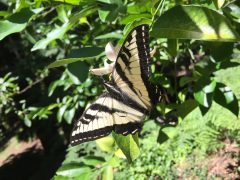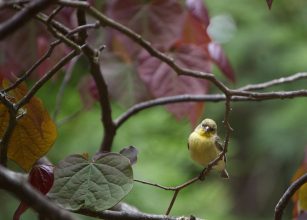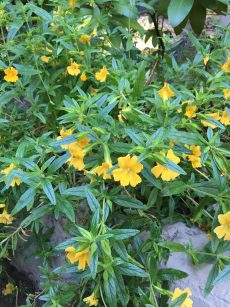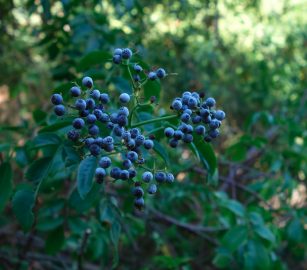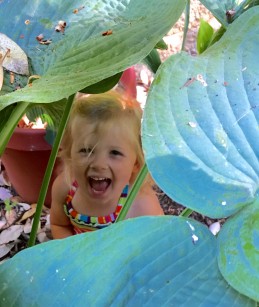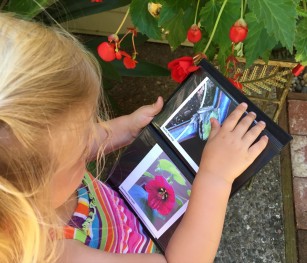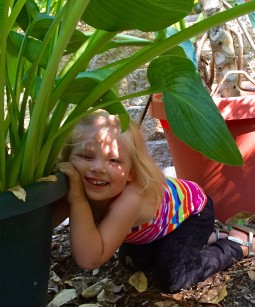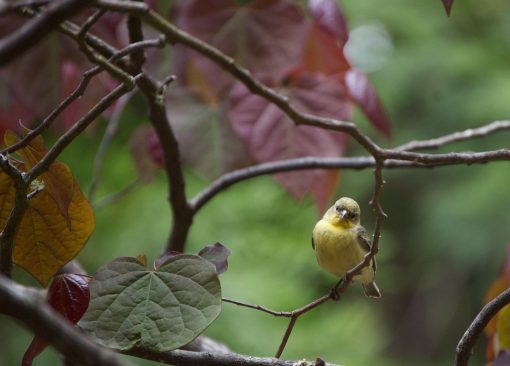
’Twas the weekend after Thanksgiving and all through the house, not a creature was stirring not even a gardener. I should probably do something productive, but what? Should I be good and do a little light weeding? Maybe I can muster up the energy to plant a few more bulbs. Come spring I’ll be happy I did. Then again I could make notes of my gardening successes and not so great horticultural decisions. “I know”, I say to myself, “this weekend I’ll revel in what I don’t have to do in the garden”.
I don’t need to prune trees and shrubs at this time of year. Other than clipping a few well placed branches to use in a holiday wreath, I’m off the hook for this task right now. Deciduous trees are still in the process of losing their leaves and are not fully dormant. Evergreens shrubs and conifers can be trimmed lightly but most shaping is done when they start growing in late winter or very early spring.
The season is pretty much over for me except to enjoy what’s left of fall color and the ornamental grasses waving their seed heads in the wind. A lot of perennials are dying back but I’m not in a hurry to neaten things up. The seed heads left in the garden supply food for birds and other creatures while the foliage provides shelter for the plant in the cold and frost. Remove anything that has turned slimy or just plain unattractive but leave berries and seed heads for food and winter interest.
At this time of year your garden might be visited by chickadees, nuthatches, Lesser goldfinches, purple finches or warblers. They will spend the winter here and you’ll be doing them a big favor by not cutting back brown foliage containing nutrient-rich seed heads. Some of the reliable seed producers that you won’t have to clean up this weekend include artemisia, aster, coreopsis, penstemon, sedum, lupine, salvia, black-eye Susan, coneflower, phlomis, monarda, agapanthus and grasses.
Chickadees gather hundreds of seeds in fall and early winter and store them in hiding places to ensure themselves a food supply later in the season. They are a remarkable bird that we take for granted being so common. I read in Audubon magazine a couple years ago that a chickadee weighs about as much as a dozen paperclips but their body is large for their weight. This means they have to ramp up the number of hours they devote to feeding. At night chickadees cram themselves into tiny cavities and shiver, burning the day’s fuel to keep from freezing.
Hummingbirds still need a nectar source at this time of year. Anna’s hummingbirds live in this area all year long. So In addition to the plants in the garden that supply nectar, keep your feeders up year-round and keep them clean. Hummingbirds need your nectar even more in the winter when very little is in bloom. In addition to nectar rich natives like mahonia my abutilons are a winter favorite for them.
Other tasks I can put off at least for this weekend include planting wildflower seeds. I see California poppies coming up all over the place. Nature knows when the time is right. Well, maybe I’ll broadcast a few working them into the soil very lightly. I need to hoe off some early weeds that would compete with them. How many calories are burned in light gardening tasks? I might just reconsider not being a total couch potato this weekend.

